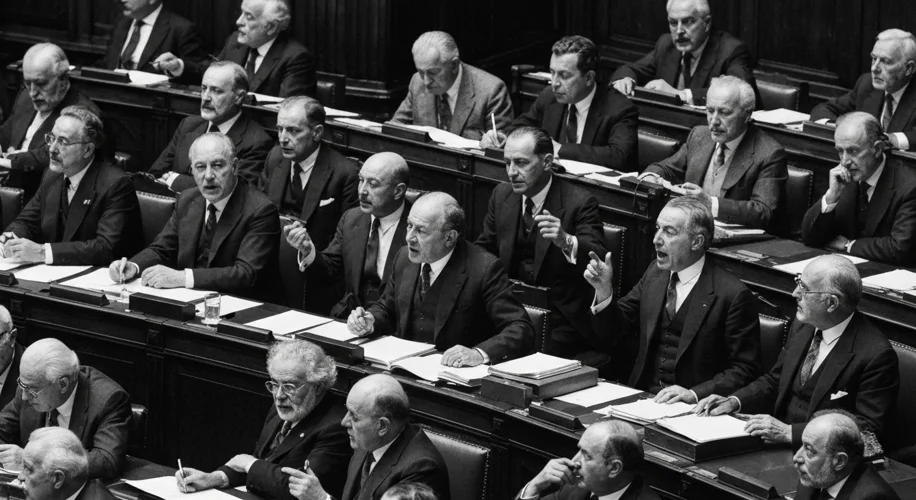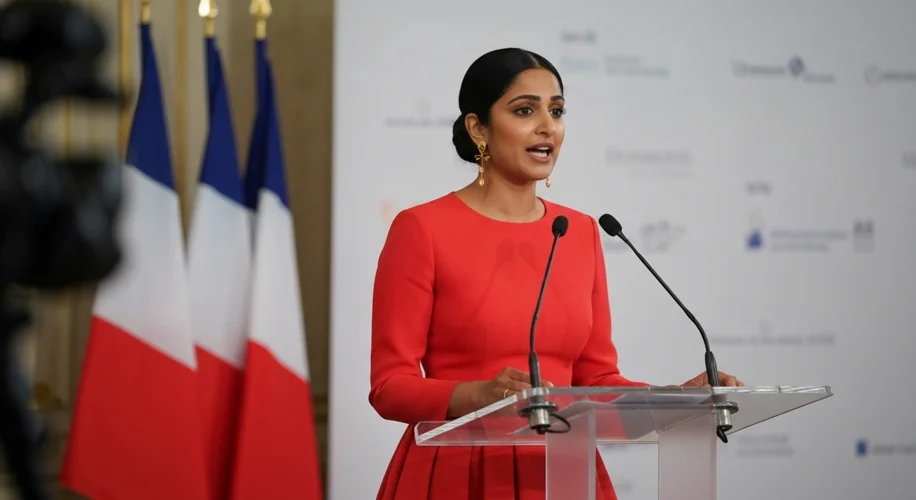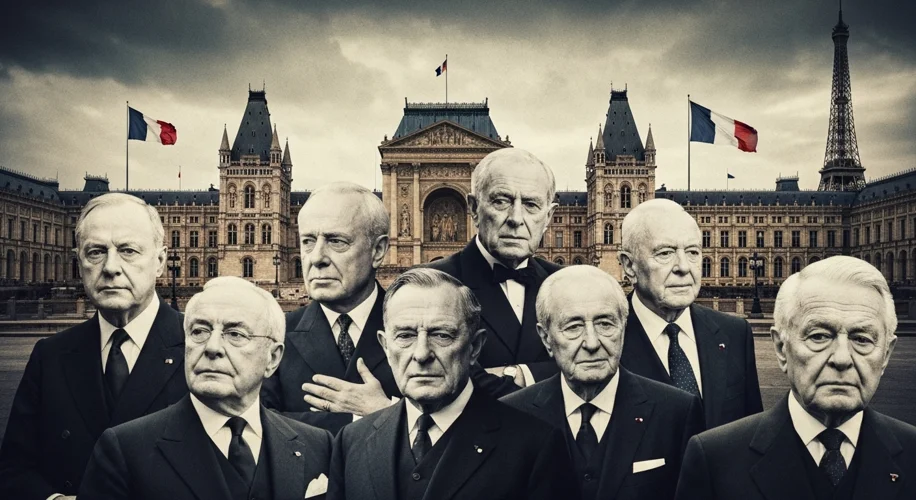France, a nation steeped in centuries of political drama, has long witnessed a compelling spectacle: the appointment and resignation of its Prime Ministers. More than just administrative shifts, these moments often mirror the deep currents of the Republic’s history, revealing power struggles, societal pressures, and the very soul of French governance.
From the Third Republic’s early days to the present, the office of Prime Minister has been a crucible of political will. Imagine the scene in the late 19th century: the Third Republic, still finding its footing, saw a dizzying succession of governments. Between 1870 and 1940, France cycled through over 100 cabinets. This constant flux wasn’t necessarily a sign of weakness, but rather a reflection of a nascent parliamentary system grappling with a fragmented political landscape and deeply entrenched societal divisions. Each appointment was a delicate balancing act, a bet on who could forge a coalition strong enough to navigate the tempestuous political waters.
Consider the pivotal era of the Fourth Republic (1946-1958). Born from the ashes of war, it inherited a nation yearning for stability yet fractured by ideological divides – communism, socialism, Gaullism, and conservatism all vied for influence. The role of the Prime Minister was akin to a tightrope walker, expected to appease a multitude of factions. Pierre Mendès France, a reformist and determined figure, famously declared, “Government must do or die.” His tenure, though brief from 1954 to 1955, was marked by significant decisions, including the end of the First Indochina War. Yet, even his resolute leadership couldn’t overcome the inherent instability of the parliamentary system, ultimately leading to his resignation amid a vote of no confidence.

The Fifth Republic, established by Charles de Gaulle in 1958, sought to address this very issue by strengthening the executive branch and the office of the President. The Prime Minister, while still a crucial figure, became more accountable to the President, a move designed to provide greater continuity and decisive leadership. This shift dramatically altered the dynamics of appointments and resignations. Now, a Prime Minister’s fate was often intrinsically linked to the President’s political capital.
A striking example is the resignation of Michel Rocard in 1991. A popular Socialist Prime Minister, Rocard was a formidable politician in his own right. However, his eventual departure, while ostensibly voluntary, was seen by many as a strategic move orchestrated by President François Mitterrand, who was preparing for the upcoming presidential elections. The intricate dance of power between the President and Prime Minister is a recurring theme, where loyalty and political expediency often intertwine.
More recently, the tenure of Élisabeth Borne, France’s second female Prime Minister, provided a stark illustration of the pressures faced by modern leaders. Appointed in 2022, Borne navigated a complex political landscape with a slim parliamentary majority. Her government’s use of Article 49.3 of the Constitution – a mechanism allowing the government to pass legislation without a parliamentary vote, barring a motion of no confidence – highlighted the challenges of consensus-building. The eventual resignation of her government in January 2024, following significant pension reforms and amidst ongoing political maneuvering, underscored the precariousness of leadership in a polarized France. Her departure, while formal, signaled the end of a turbulent period and paved the way for new political alignments.

The reasons for resignation are as varied as the politicians themselves. Sometimes it’s a matter of principle, a refusal to compromise core beliefs. Other times, it’s a strategic retreat, a recognition that political capital is dwindling or that a different leader is better positioned to achieve certain goals. And then there are the more dramatic exits, often driven by scandals, public outcry, or a fundamental breakdown in trust between the government and the governed.
These appointments and resignations are not mere footnotes in history; they are chapters that reveal the evolving nature of French democracy. They speak to the enduring quest for stability, the constant negotiation of power, and the resilience of a nation that has consistently reshaped its political landscape. Each change at the helm offers a window into the challenges and triumphs of the French Republic, a testament to its dynamic and often dramatic political journey.
These moments of transition, while sometimes unsettling, are ultimately what keep the Republic vibrant. They are the mechanisms by which France adapts, renews itself, and continues its perpetual dialogue between the governed and those who govern. The story of French prime ministers is, in essence, the story of France itself – a continuous narrative of ambition, compromise, and the unyielding pursuit of a more perfect union.

